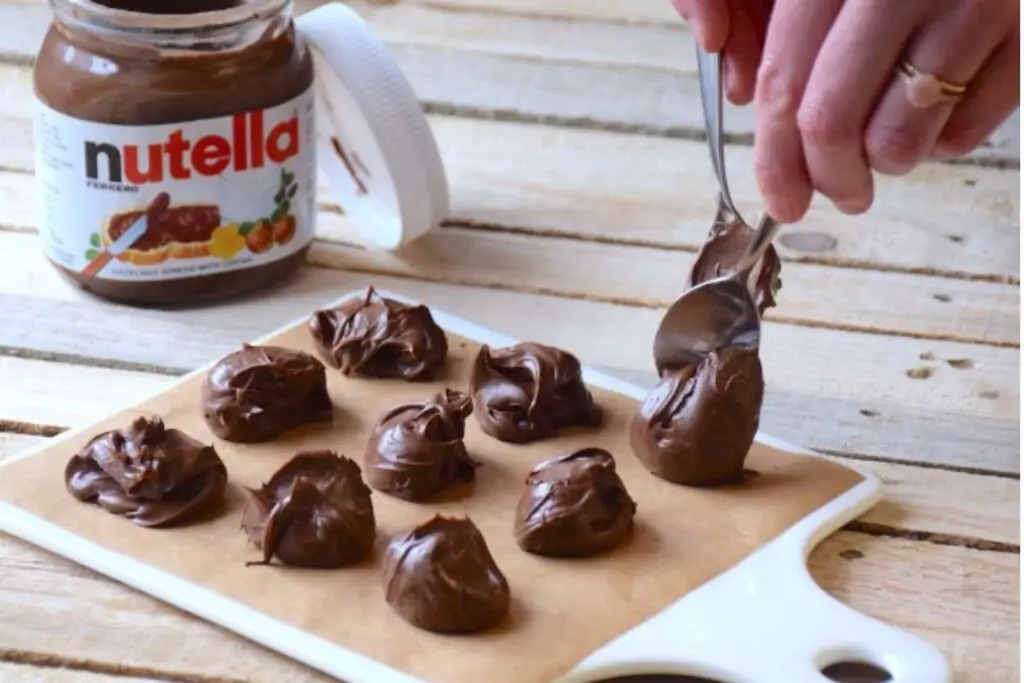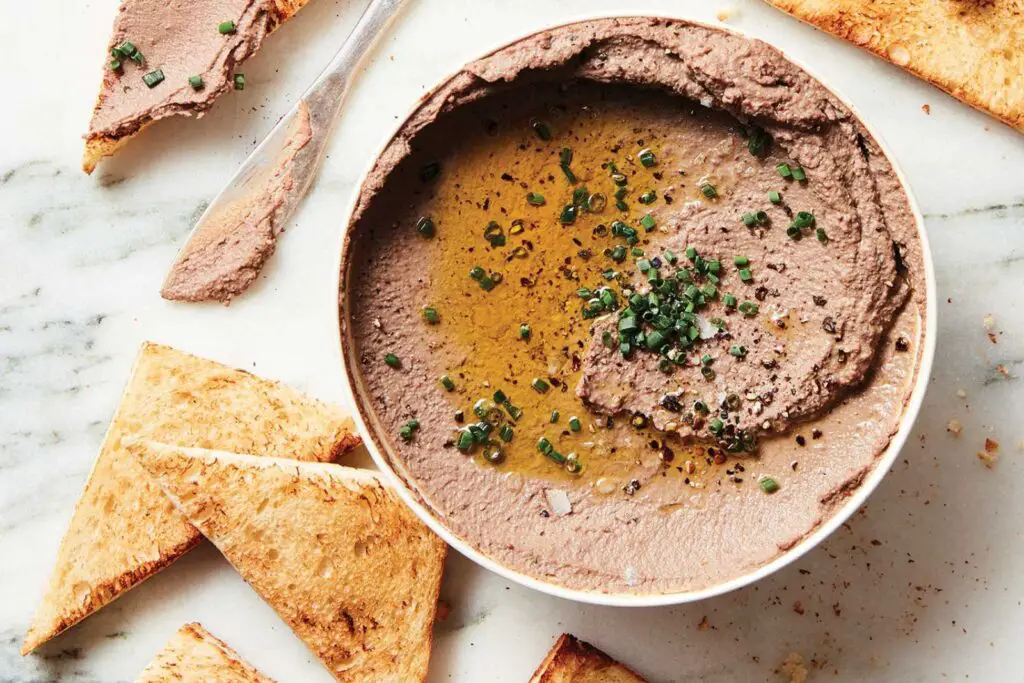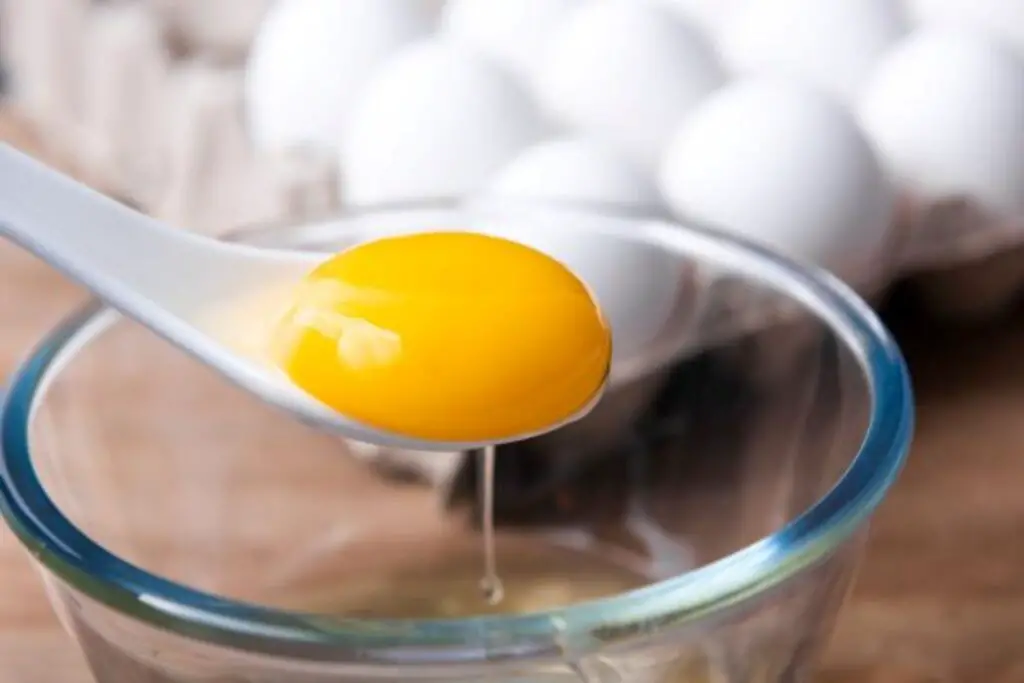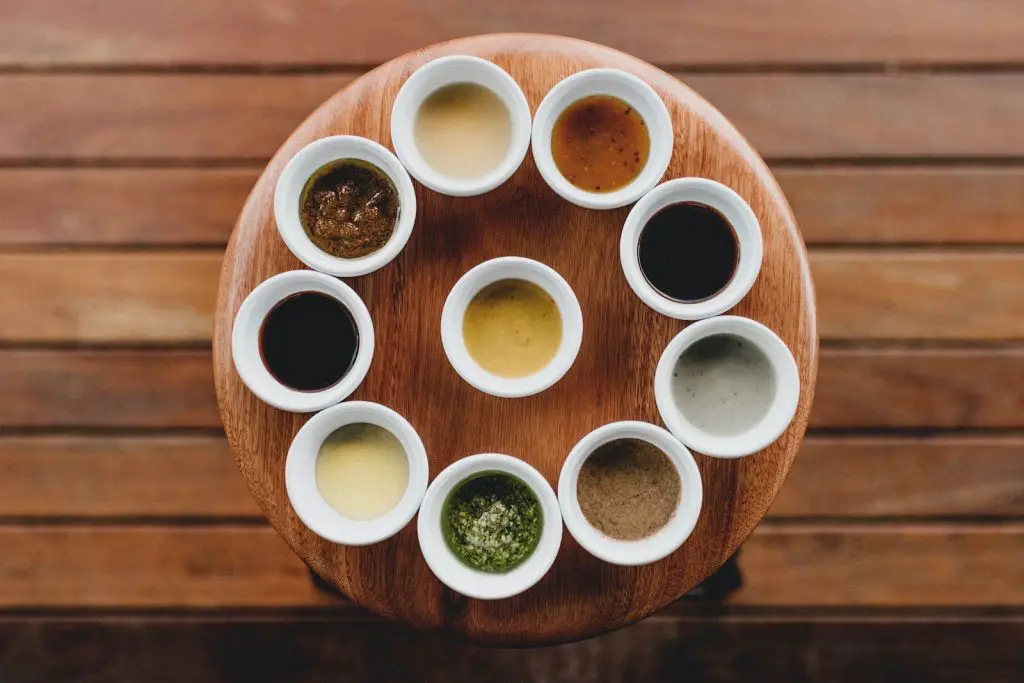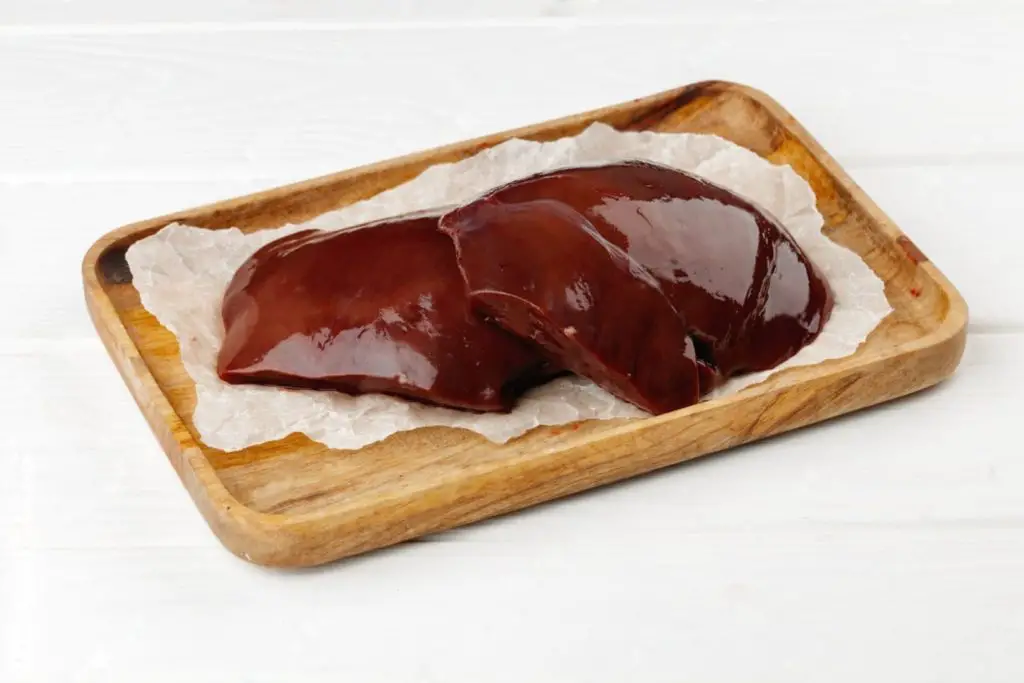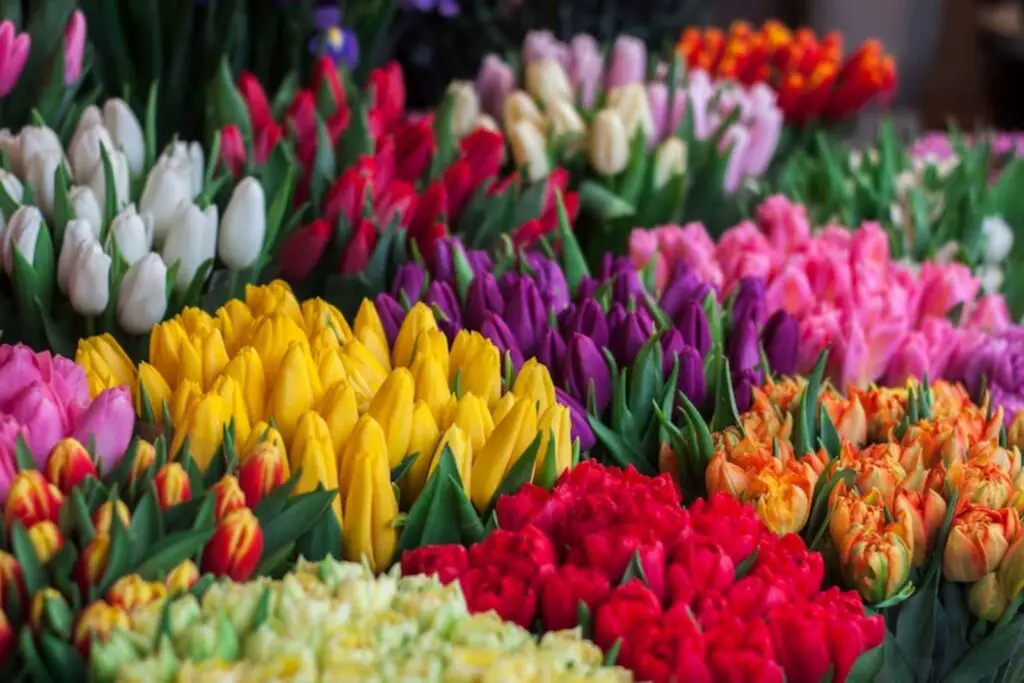
Violets are small, delicate flowers that belong to the Viola genus. They are known for their vibrant colors, typically ranging from purple and blue to white and yellow. Violets have heart-shaped petals and are often associated with beauty, grace, and modesty. They are commonly found in gardens and can also be grown indoors as potted plants. Freezing violets is a preservation method that allows you to capture their beauty and extend their lifespan, ensuring you can enjoy their colors and elegance even when they are out of season. Whether you have an abundance of fresh violets from your garden or want to save a bouquet as a keepsake, freezing them properly will help maintain their shape and color.
Here are the simple steps to freeze violets:
Step 1: Prepare the violets
Violets are delicate flowers that require proper preparation before freezing to ensure optimal results. Whether you have violets growing in your garden or you’ve acquired a bouquet, it’s important to go through a few steps to prepare them for freezing.
Firstly, if you have violets growing in your garden, gently harvest them, taking care to handle them delicately. Avoid applying excessive pressure or force that could damage the petals. If you’re using a bouquet of violets, make sure they are fresh and free from any dirt or debris. Inspect the flowers closely to ensure their quality before proceeding.
Next, carefully examine each violet and remove any damaged or wilted petals. Damaged petals can negatively impact the appearance and overall quality of the frozen violets. They may also deteriorate further during the freezing process, resulting in an unsatisfactory final product. By removing any petals that show signs of damage, wilting, browning, or discoloration, you ensure that only the best and most vibrant violets are frozen.
Are there any specific types of violets that freeze better than others?
When it comes to freezing violets, certain types may fare better than others. Generally, small-flowered violets with thicker petals tend to freeze more successfully. Varieties such as Viola odorata or Viola cornuta are often preferred for freezing due to their durability and vibrant colors. However, it is essential to consider the specific characteristics of each violet variety and their suitability for freezing based on your intended use and personal preference.
Can I freeze violets with the stems attached?
Yes, you can freeze violets with the stems attached. However, it’s important to trim the stems to a manageable length before freezing. This helps prevent them from getting tangled or damaged during the freezing process.
Can I freeze violets with their leaves?
Yes, you can freeze violets with their leaves. Freezing violets with their leaves intact helps maintain their overall appearance and can provide additional flavor and aroma when used in culinary applications. However, ensure that the leaves are clean, free from any dirt or pesticides, and properly dry before freezing to avoid any potential degradation.
Is it necessary to wash the violets before freezing them?
It is generally not necessary to wash violets before freezing them. However, if there is visible dirt or debris on the flowers, you can gently rinse them with cool water and pat them dry before proceeding with the freezing process.
Can I freeze violets that have been sprayed with pesticides?
It is not recommended to freeze violets that have been sprayed with pesticides. Pesticides may contain chemicals that can be harmful if ingested or come into contact with food. It is important to ensure the violets are free from any pesticide residue before freezing to maintain their safety and quality. Consider using violets that are grown without the use of pesticides or thoroughly wash and remove any pesticide residue before freezing.
Step 2: Choose the freezing method
When it comes to freezing violets, you have the option to freeze them individually or as a bouquet. Each method has its advantages, and the choice depends on your intended use for the violets.
Freezing violets individually provides greater flexibility when using them later. By freezing each flower separately, you can easily take out the desired number of violets without thawing the entire bouquet. This method is particularly useful if you plan to use the violets for garnishing dishes, adding floral touches to desserts, or incorporating them into various culinary creations.
On the other hand, freezing a bouquet of violets keeps them intact and preserved as a decorative arrangement. This method is ideal if you want to display the violets in their original form, maintaining the aesthetic appeal of a floral bouquet. Frozen violets arranged as a bouquet can be used for table centerpieces, floral displays, or simply as an artistic accent in your home.
Consider your specific purpose for freezing the violets and choose the method that aligns with your needs. If versatility and individual usability are important, freezing the violets individually is recommended. However, if you prioritize maintaining the bouquet’s visual impact, freezing them as a whole is the way to go.
Step 3: Arrange the violets
The way you arrange the violets before freezing depends on whether you are freezing them individually or as a bouquet. The arrangement is crucial for maintaining the shape and preventing the violets from sticking together during the freezing process.
If you have chosen to freeze the violets individually, it is recommended to lay them out on a baking sheet lined with parchment paper. This arrangement ensures that each violet has enough space and prevents them from touching or sticking together. By spacing them out, you allow for proper airflow around each flower, which aids in the freezing process and helps maintain their individual forms. This method is particularly useful if you plan to use the violets separately, as it makes it easier to handle and thaw individual flowers when needed.
On the other hand, if you have decided to freeze the violets as a bouquet, you should gently arrange them in the desired shape. Take care to position the violets in a way that showcases their natural beauty and creates an appealing arrangement. You may want to arrange them in a circular shape or in a manner that highlights their colors and patterns. To secure the bouquet, you can use a string or a rubber band, gently but securely tying them together. This arrangement method is suitable if you intend to use the violets for decorative purposes or as a complete unit.
Step 4: Seal in an airtight container
After arranging the violets, it’s important to transfer them to an airtight container for freezing. This step ensures that the violets are protected from air exposure, which can lead to freezer burn and the loss of their quality and freshness over time.
When choosing a container, opt for a freezer-safe plastic bag or a plastic container with a tight-fitting lid. The container should be large enough to accommodate the violets without crushing or bending them. A container that is too small may cause damage to the delicate petals, compromising the overall appearance of the violets.
Before sealing the container, it’s essential to press out any excess air. This step helps prevent freezer burn, which can occur when air comes into contact with the violets. Freezer burn can cause discoloration, loss of moisture, and a decrease in overall quality. By removing as much air as possible, you create a protective barrier around the violets and minimize the risk of freezer burn.
Sealing the container tightly is crucial to maintaining the airtight environment. Ensure that the lid or bag is securely closed to prevent air from entering and affecting the violets. A properly sealed container helps preserve the violets’ shape, color, and freshness, allowing you to enjoy their beauty when you thaw them in the future.
Step 5: Store in the freezer
Once you have sealed the container with the violets, it’s time to place them in the freezer for long-term storage. Proper storage in the freezer ensures that the violets remain in excellent condition and retain their beauty until you are ready to use them.
Before placing the container in the freezer, it’s important to label it with the date of freezing. This labeling step allows you to keep track of their freshness and ensures that you use the oldest violets first when retrieving them from the freezer. By following the “first in, first out” principle, you can maintain a rotation of your frozen violets and enjoy them at their best quality.
When placing the container in the freezer, select a flat surface to ensure the violets remain undisturbed. Avoid overcrowding or stacking other items on top of the violets, as this can damage their delicate petals and cause them to lose their shape. Providing enough space around the container helps maintain the integrity of the violets and prevents them from being crushed or flattened.
Additionally, it’s crucial not to place heavy objects on top of the violets. The weight can deform or damage the frozen flowers, resulting in a loss of their original shape and appeal. Treat the container with care and place it in a location where it won’t be disturbed or subjected to unnecessary pressure.
How long can I keep frozen violets?
Violets can last in the freezer for up to 6 months without significant loss of quality. However, it’s recommended to use them within the first 3 to 4 months for the best results. Proper packaging and storage conditions, such as using airtight containers and maintaining a consistent temperature, help ensure the violets retain their color, fragrance, and texture during freezing.
Step 6: Thaw and use frozen violets
When the time comes to use the frozen violets, it’s essential to thaw them properly to preserve their delicate nature and maximize their visual appeal. Follow these steps to ensure a successful thawing process and make the most of their beauty:
- Remove from the freezer: Take the container with the frozen violets out of the freezer and transfer it to the refrigerator. Allow them to thaw slowly in the refrigerator, which provides a controlled and gentle thawing environment.
- Thawing time: The thawing process may take a few hours or even overnight, depending on the size and thickness of the violets. Be patient and avoid rushing the thawing process, as abrupt temperature changes can cause the petals to become limp or lose their vibrant colors.
- Gentle handling: Once the violets have thawed, handle them with utmost care. They may have become more delicate during the freezing and thawing process. Avoid excessive touching or squeezing, as this can damage their fragile petals. Treat them gently to maintain their original shape and beauty.
- Culinary uses: Frozen violets can be used for a variety of purposes. They make lovely cake decorations, adding a touch of elegance to desserts. You can also use them to adorn salads, infusing a pop of color and a delicate floral flavor. Explore creative ways to incorporate the thawed violets into your culinary creations and enjoy the visual and sensory experience they provide.
- Floral arrangements: Thawed violets can also be used to create stunning floral arrangements. Combine them with fresh flowers or other frozen flowers to design unique and eye-catching displays. Their vibrant colors and graceful form add an enchanting touch to any floral composition.
Other related questions
Can I refreeze violets?
It is generally not recommended to refreeze violets once they have been thawed. Freezing and thawing can cause changes in the texture and quality of the violets, and refreezing may further degrade their appearance and flavor. It is best to use the thawed violets promptly or discard them if they cannot be consumed immediately.
How do I know if the violets have gone bad after being frozen?
To determine if frozen violets have gone bad, examine their appearance, smell, and texture. Look for any signs of discoloration, mushiness, or freezer burn on the petals. If the violets have developed a foul or off-putting odor, it indicates spoilage. Additionally, if the texture feels slimy or overly soft, it suggests that the violets may no longer be suitable for consumption or use.
Do frozen violets retain their vibrant colors?
While frozen violets may experience slight color changes during the freezing and thawing process, they generally retain their vibrant colors. Properly frozen and stored violets should still exhibit their characteristic hues, although some variations may occur.
What are some creative ways to use frozen violets?
Frozen violets offer various creative uses beyond traditional applications. They can be used as decorative elements in ice cubes, adding a touch of elegance to beverages. Thawed violets can be used to create flavored syrups, jellies, or even violet-infused spirits. Additionally, they can be used to make violet-infused sugar, which can elevate the flavor and appearance of baked goods or tea. Their delicate beauty also makes them suitable for crafting purposes, such as pressed flower art or creating homemade potpourri.
Can frozen violets be used for herbal teas or tisanes?
Frozen violets can be used for herbal teas or tisanes. Thawed violets can be steeped in hot water to release their delicate flavor and aroma, creating a soothing and visually appealing beverage. They can be combined with other herbs or tea leaves to enhance the flavor profile and create unique herbal blends. However, ensure the violets were properly cleaned and free from any pesticide residue before freezing to ensure their safety for consumption.
Can I freeze violets in water or ice cubes?
Yes, you can freeze violets in water or ice cubes. This method can help preserve the shape and appearance of the violets, especially if you plan to use them as decorative elements in drinks or cocktails. Simply place the violets in an ice cube tray, fill with water, and freeze.
Can I freeze violets in syrup or sugar?
Yes, you can freeze violets in syrup or sugar. Freezing violets in syrup or sugar can help preserve their flavor and enhance their sweetness. Simply prepare the syrup or sugar solution, immerse the violets in it, and then freeze them in a suitable container. Thawed violets can be used as a delightful addition to desserts, drinks, or other culinary creations.
Can I freeze violets with other edible flowers?
Yes, you can freeze violets with other edible flowers. Mixing different edible flowers together can create visually appealing frozen flower arrangements. Ensure that all the flowers are clean, undamaged, and properly prepared before freezing them together.
Are frozen violets suitable for making violet-infused oils or extracts?
Yes, frozen violets are suitable for making violet-infused oils or extracts. The freezing process helps preserve the floral characteristics of the violets, making them a viable ingredient for infusions. Thaw the frozen violets before using them in the oil or extract-making process to ensure optimal flavor extraction.
How can I store frozen violets to maximize their shelf life?
To maximize the shelf life of frozen violets, proper storage is crucial. After freezing, transfer the violets to an airtight container or freezer-safe bag to prevent exposure to air and moisture. Place the container in the coldest part of the freezer to maintain a consistent temperature. When retrieving violets, take out only the amount needed, reseal the container promptly, and return it to the freezer to minimize thawing and refreezing cycles.

